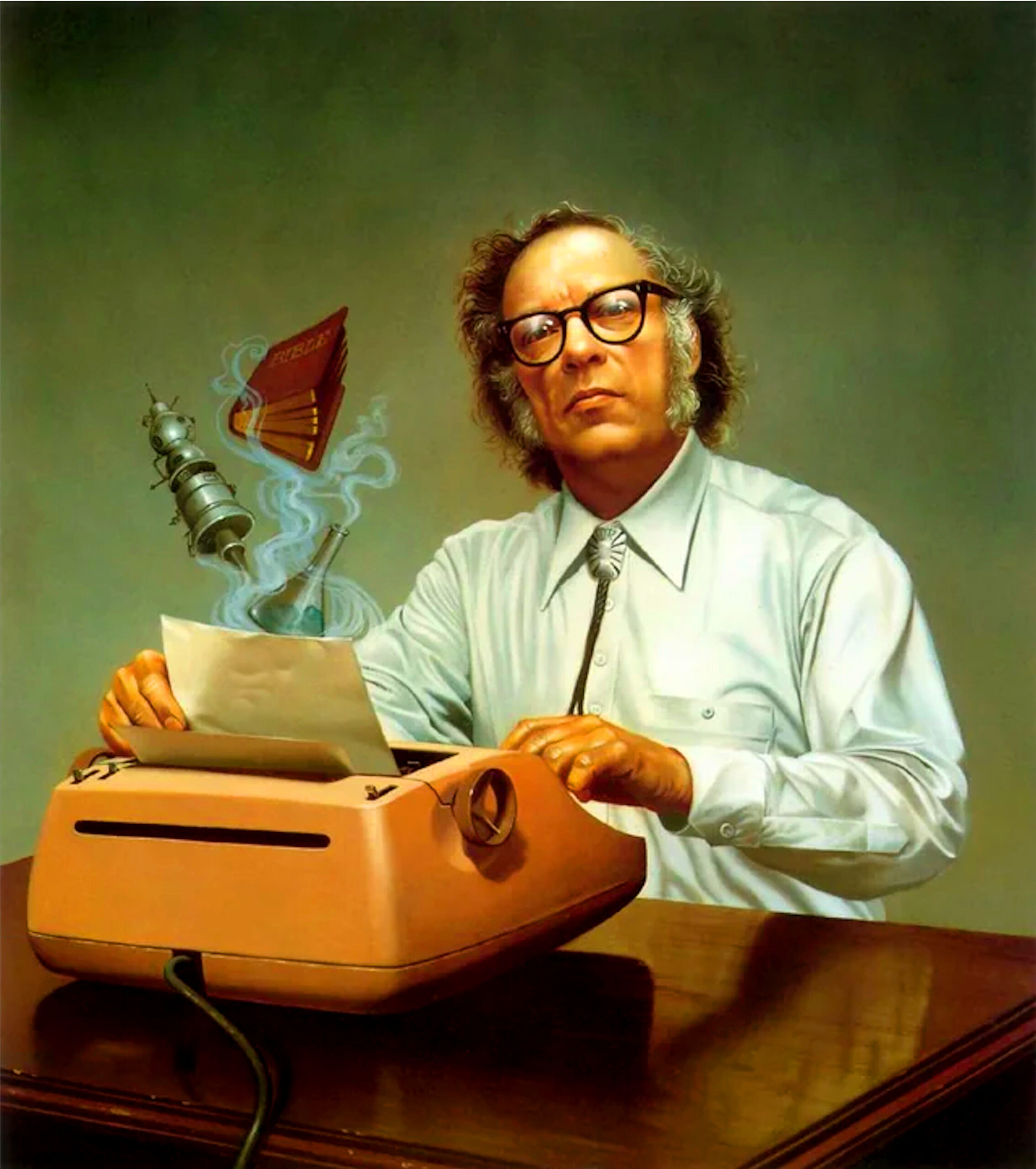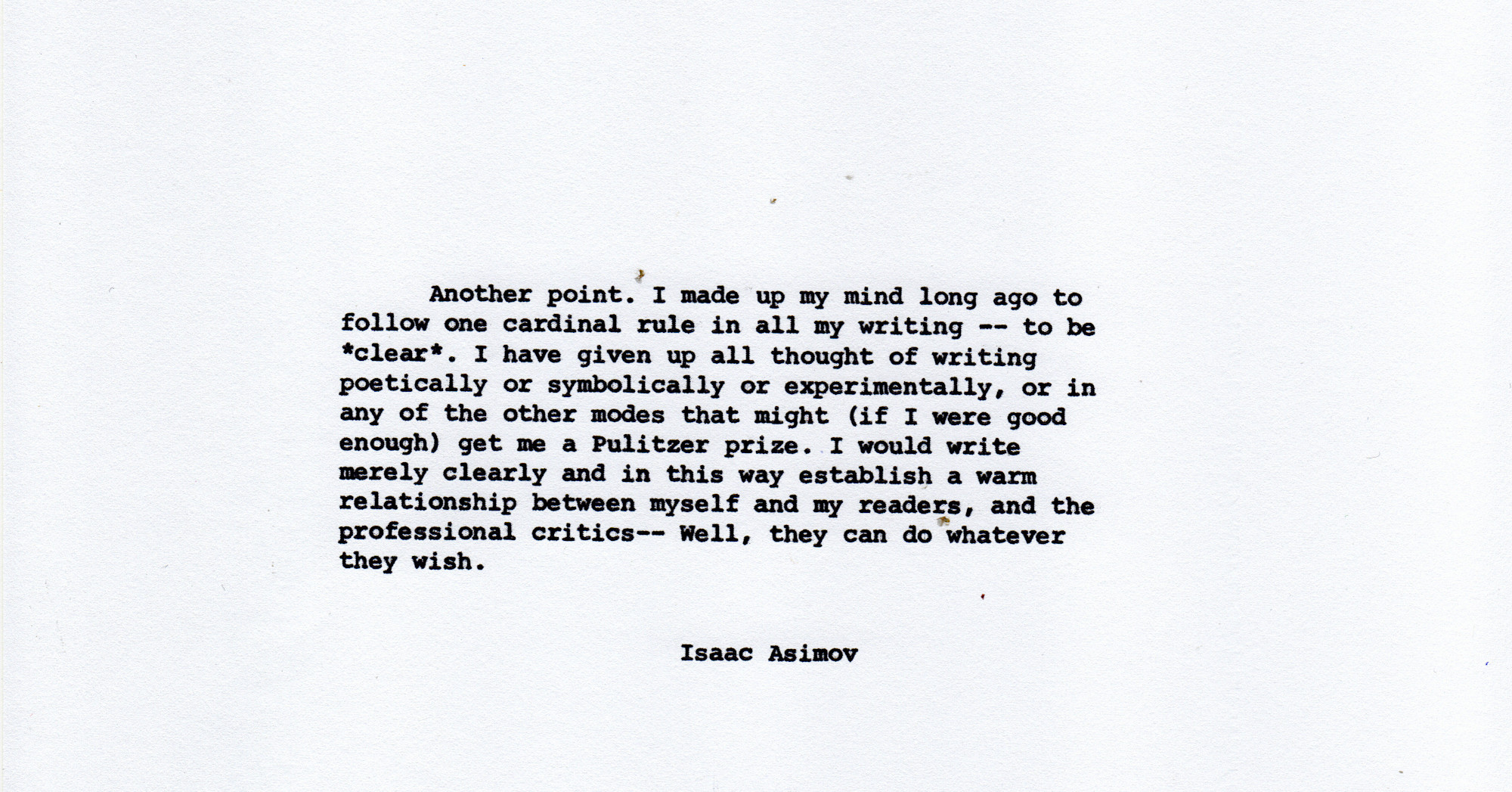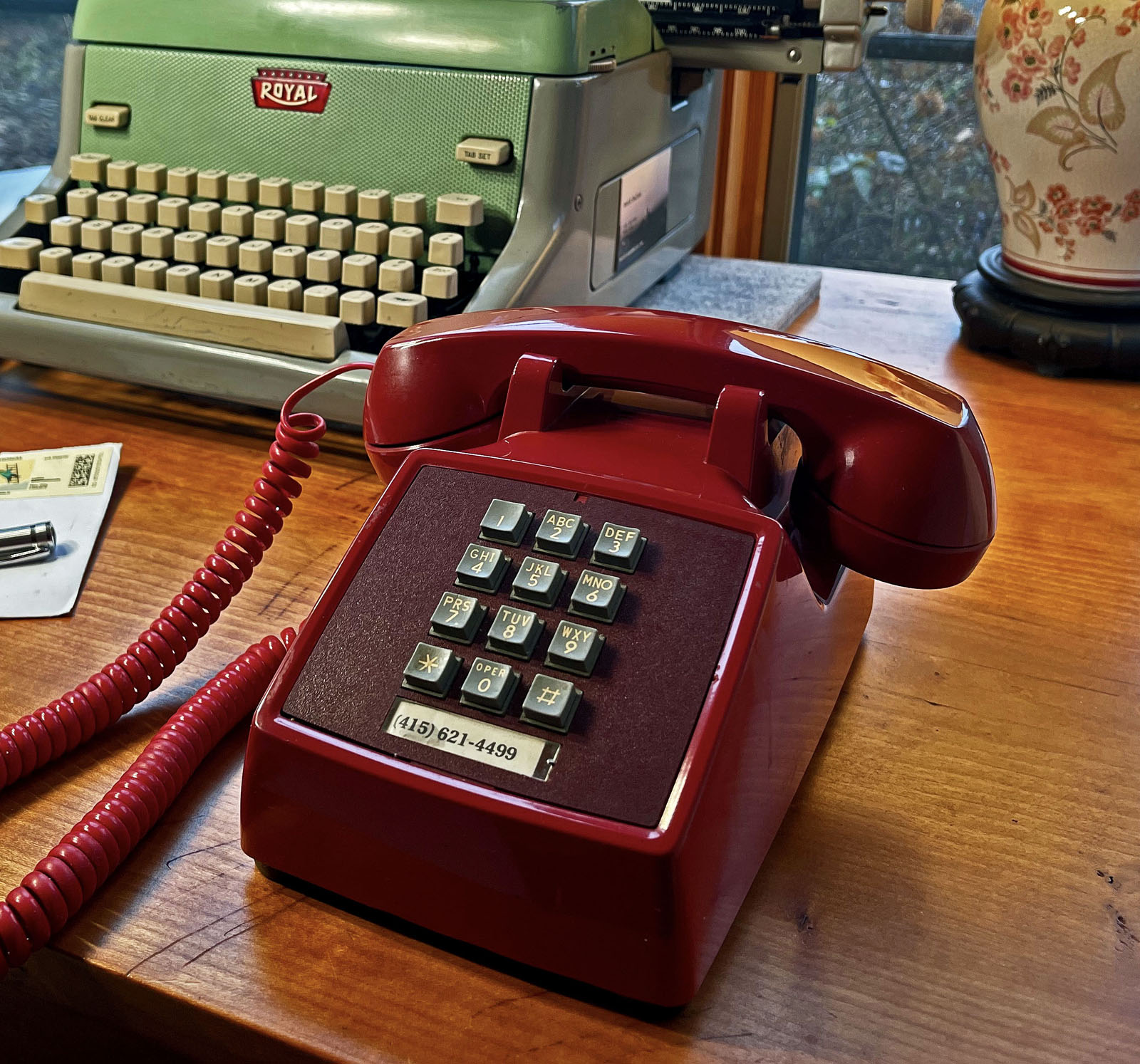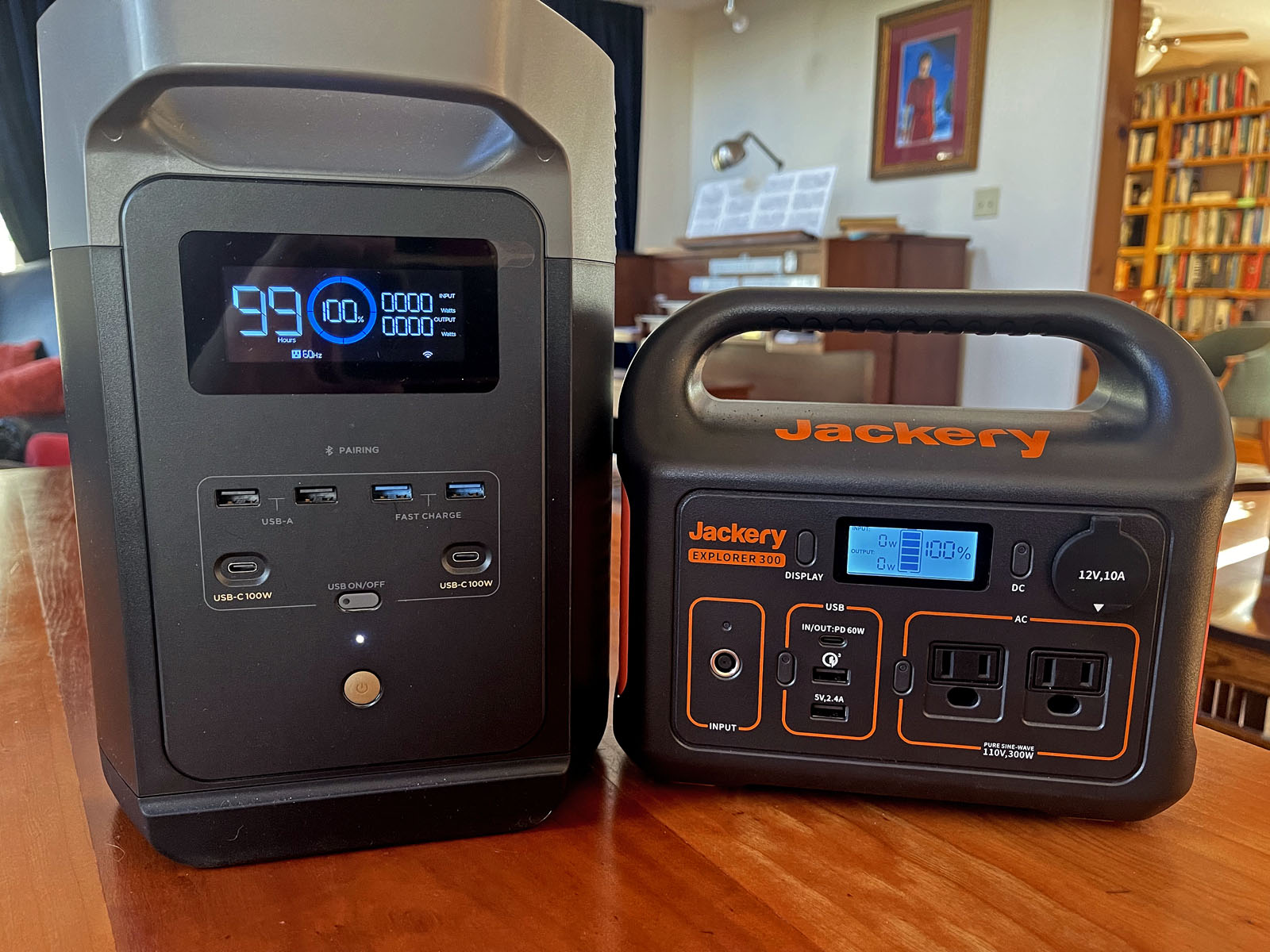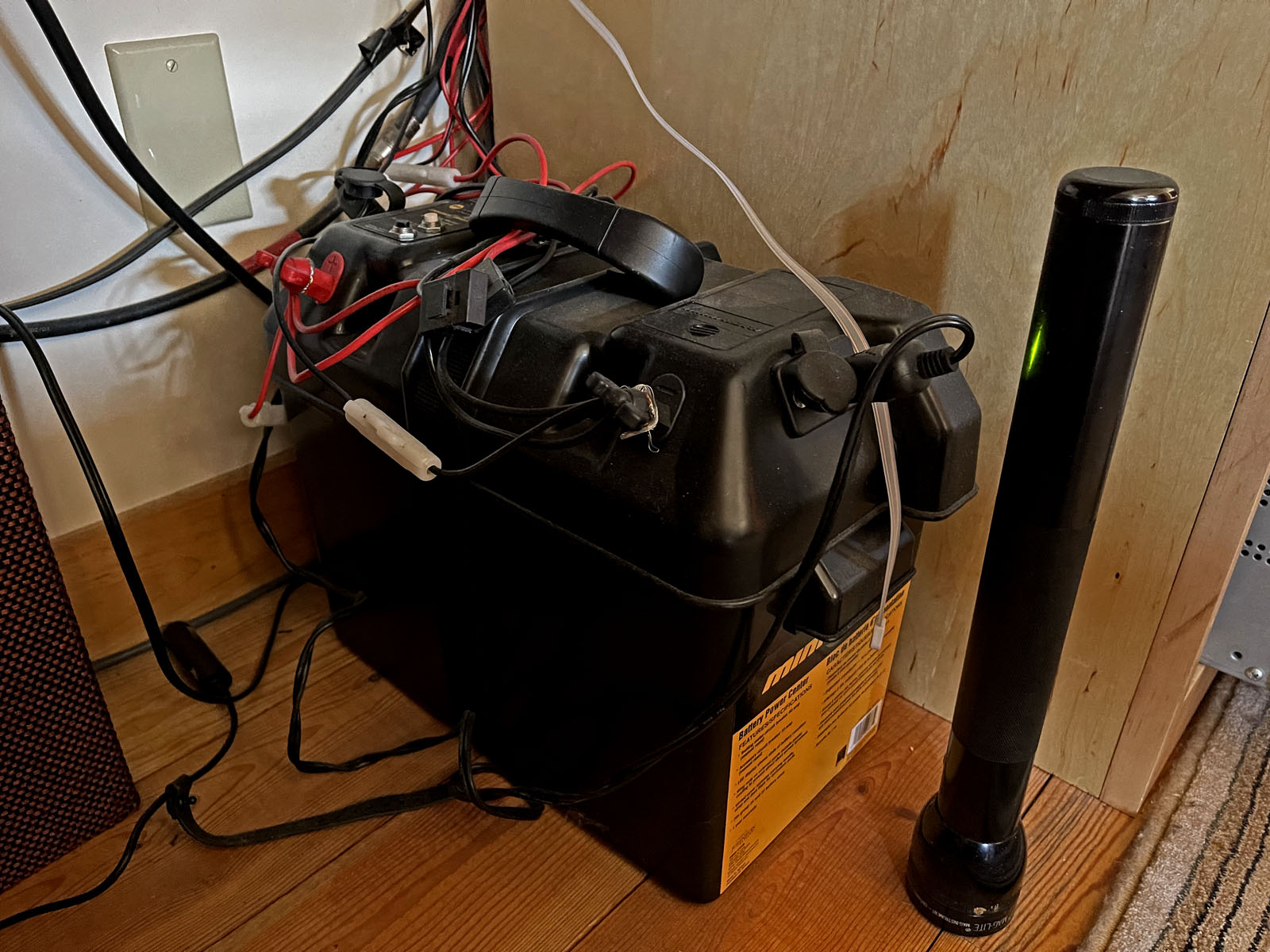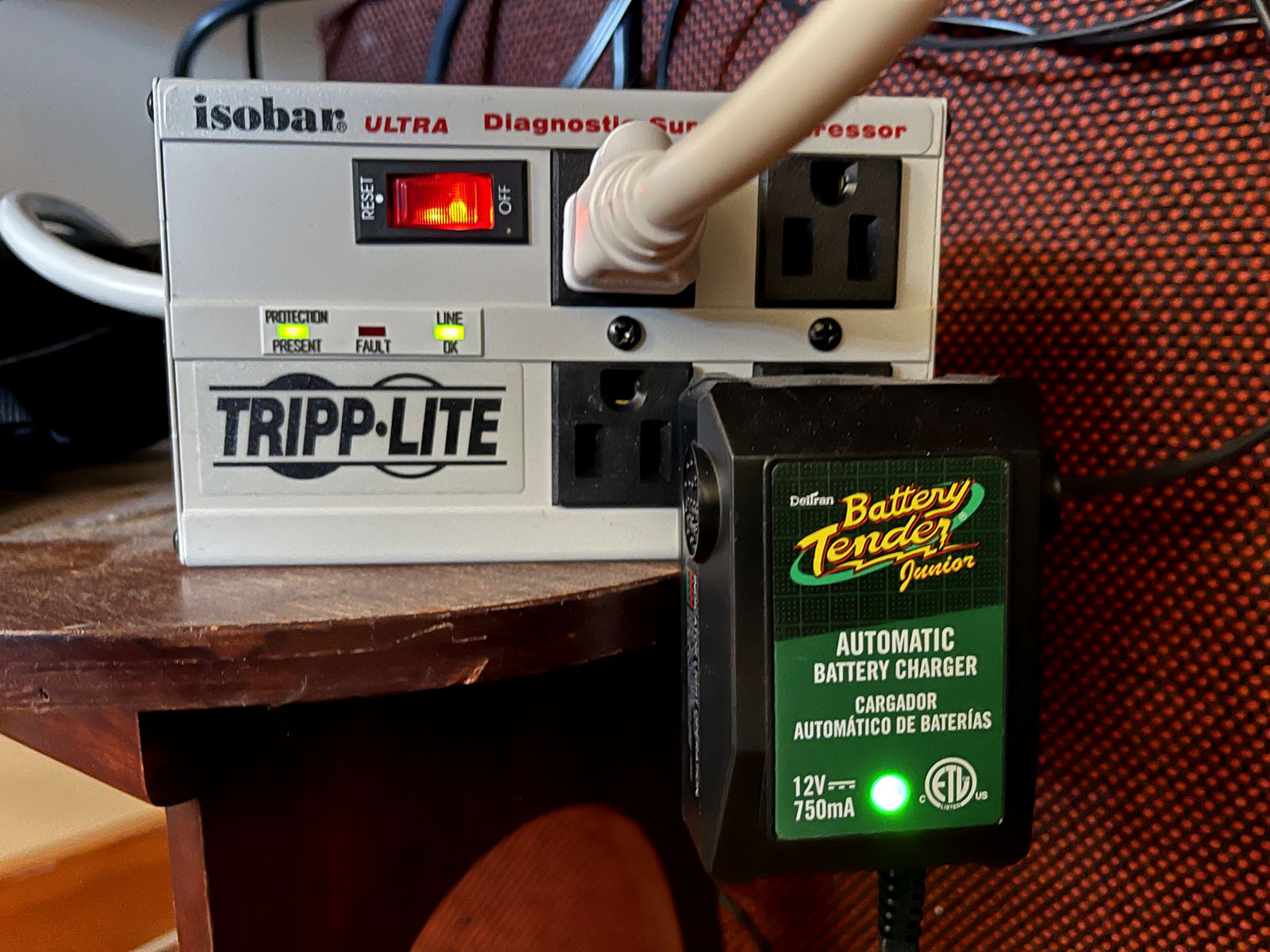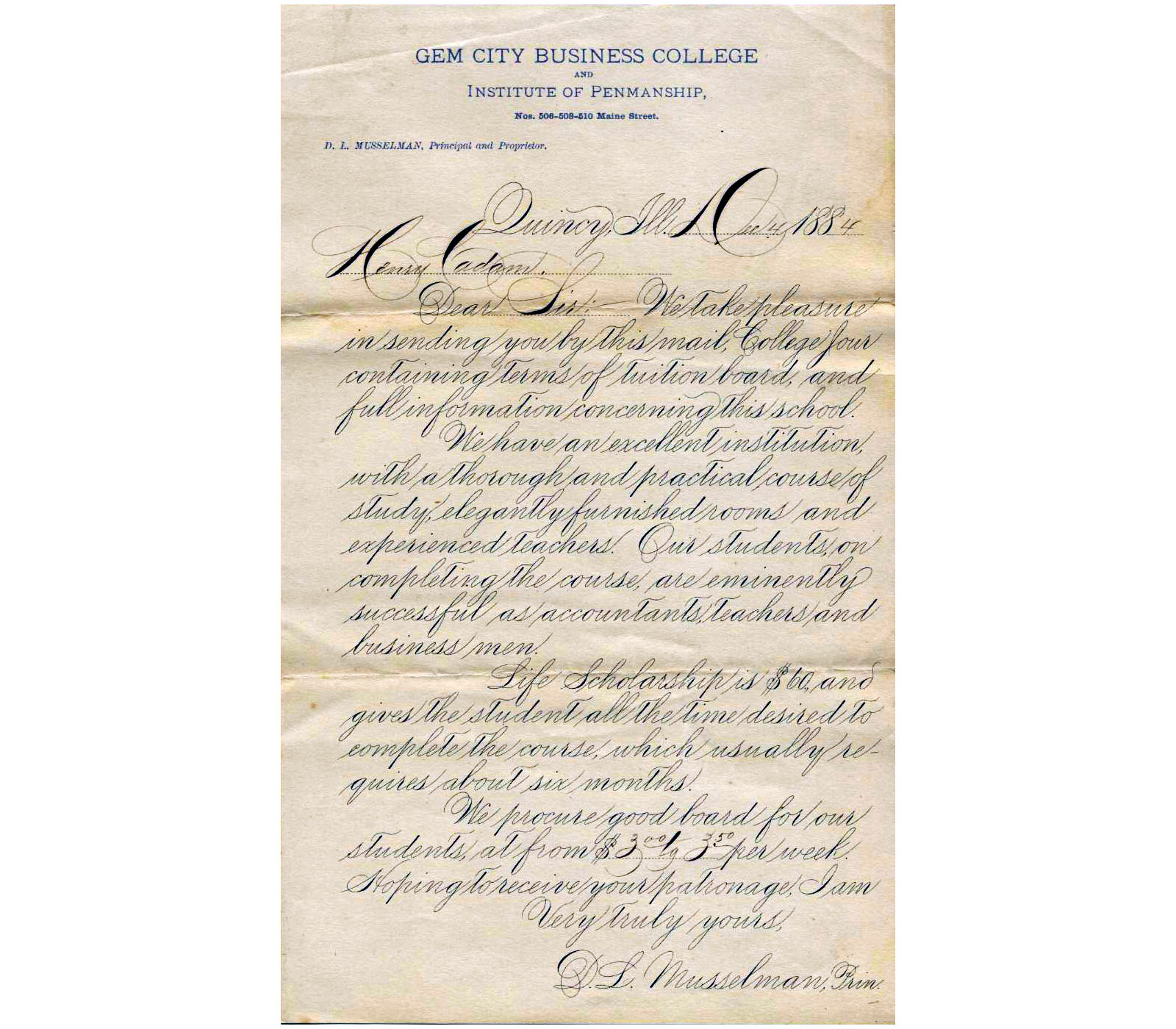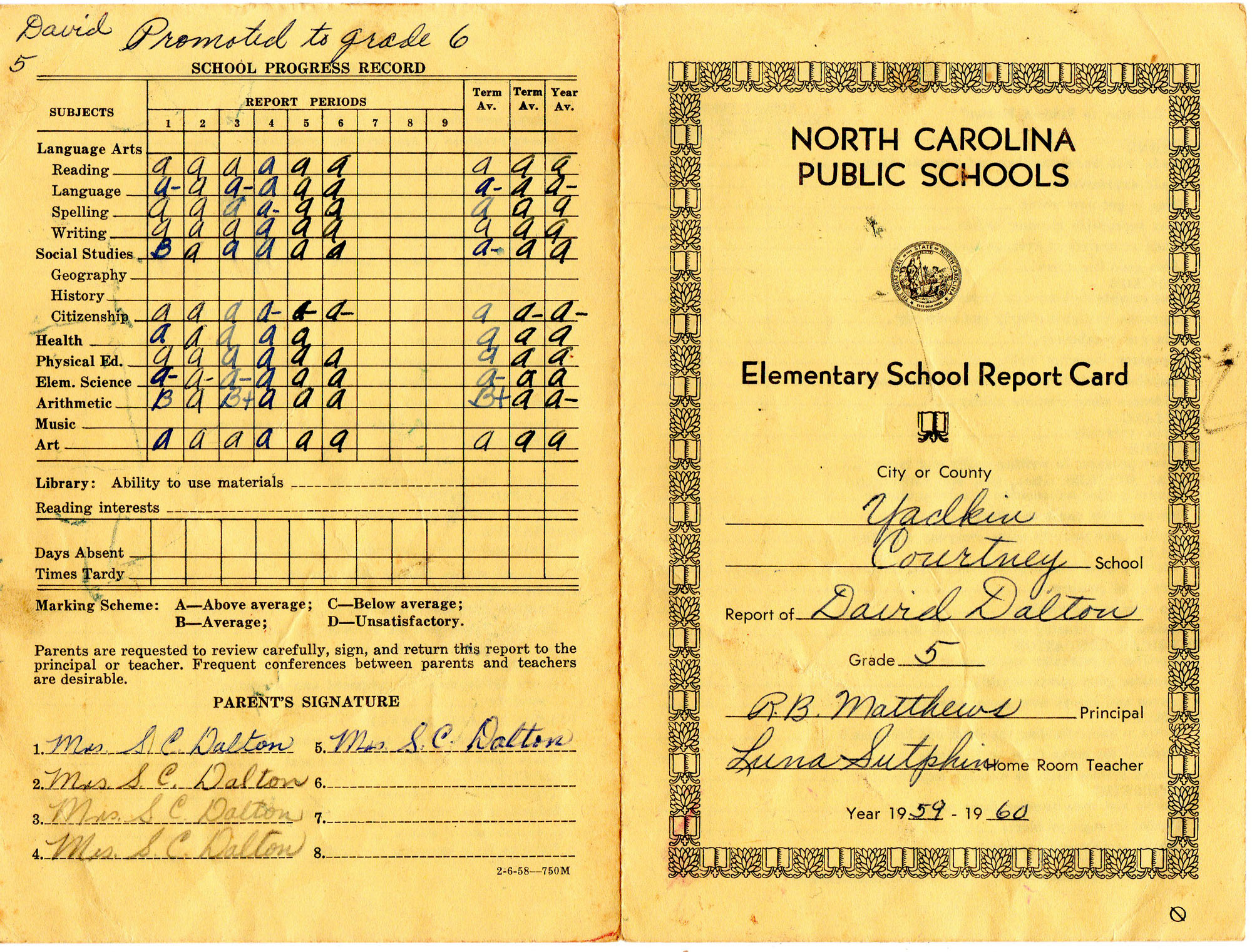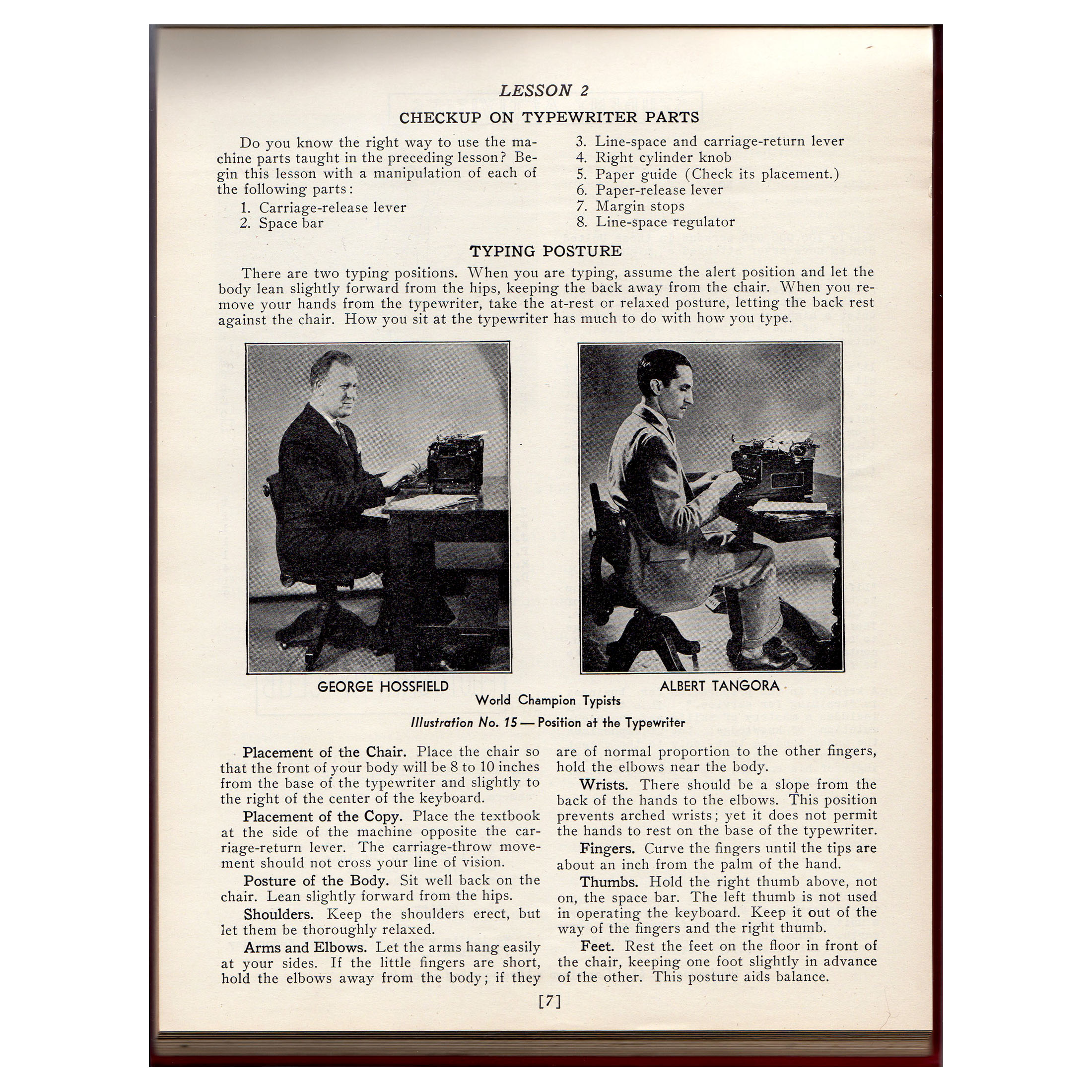
When the online chatbot ChatGPT was in the news, I tried it out and was underwhelmed. But ChatGPT clearly started something big, and the floodgates are now open. Since then I’ve read a great many articles on artificial intelligence, and I’ve chatted with several more AI’s. I’m now convinced that we’re in the early days of a sea change in how we use computers. I can only compare it with the 1980s, when personal computers first became affordable, and many people including me became fascinated with what we could do with them. The world changed in a big way. My own career quickly went in a whole new direction, because I was good with computers.
Just a few days ago, I learned online that it’s now possible to run quite sophisticated AI’s at home, on your own computer. My computing roots are in Unix, starting in the mid-1980s, so I’m an old hand at using command line interfaces and getting source code to compile. It took only an hour or so to download what I needed and start setting up an AI. I always have a rich programming environment in my computers. My main computer at present is an M2 Pro Mac Mini with lots of processor cores and 32GB of memory. Though it’s called a mini, it’s a remarkably powerful computer. Many people, including me, use their Macs as programming environments. Internally, Macs are Unix boxes.
Llama.cpp
Earlier this year, around the same time that ChatGPT was in the news, someone leaked code for an AI project that Meta/Facebook was working on. Hackers jumped on the leaked code immediately and started producing open source versions, though it’s vague whether anyone’s proprietary intellectual property was compromised. Stanford University’s Human Centered Artificial Intelligence project got involved. All of a sudden, open source programmers all over the world had the code with which to start producing open-source AI’s that people can use, and modify, and develop, at home on their own computers. Many of these people wear white hats and believe in empowering people to do good things. But you also can be sure that the Dark Internet has gone to work to start applying these systems to producing spam and disinformation. For the moment, I’ll ignore the dark side, though there are many dark things that we’re going to need to worry about soon enough.
The program I’m running was written by Georgi Gerganov, a Bulgarian. The code is evolving quickly, even hourly. It’s written in the C language but also relies heavily on Python. The code will compile on Linux, Macintoshes, and even Windows. The program is called Llama.cpp. “Llama” is a reference to “large language model.” The llama.cpp program itself is relatively short and sweet. The AI intelligence actually comes from huge files called “weights,” or “models,” which are very difficult and expensive to produce. These models contain everything that the AI has been taught. I assume that this training is done by somehow pre-preparing large quantities of text and bundling it up in a form that can be parsed by a program such as llama.cpp. I am using a model that was created by the AI team at Stanford. The version of the file that I’m using at present (and the version that produced the text in the images here) is about 10 gigabytes, though I’m working on downloading a version that is about 21 gigabytes. Everything an AI knows is contained in such files.
An A- in English literature
It’s extremely interesting to test a model’s knowledge. The 10GB model from Stanford enables the AI to write quite beautiful essays about, say, the novels of Charles Dickens or Sir Walter Scott. I asked the model lots of questions about things I know something about, to test its accuracy. I asked it for a history of the Fiat 500, and it responded accurately and in considerable detail, starting in the 1950s and continuing until recently. Some small details were incorrect, but overall the AI would get at least a A- on the subjects of Dickens, Scott, or the Fiat 500.
But, as many articles have warned us, the AI often just makes things up. The things it makes up always seem plausible. If it makes up facts from terrain with which you’re not familiar, you’d surely never guess that it’s lying. AI’s can be quite testy and insistent if you challenge them. I asked the Stanford model I’m running who is governor of North Carolina. It replied that Pat McCrory is governor of North Carolina. I told it that its answer was out of date. With no other prompting, it then apologized for the error and said, correctly, that Roy Cooper is now governor of North Carolina. Was that just carelessness, since it had the right information? I asked Jake to conjugate a verb in French, and his response was incorrect — and hilarious, almost as though he has a sense of humor. Ask them personal questions and you’ll get lies that are all over the map.
Soon, they’ll deceive your eyes
Everything I’ve mentioned here so far applies to text-based chats with AI’s. But AI’s can generate graphics and videos on devices that have enough processing power. The image below was produced by the app Replika on my iPhone 12 Pro Max. With the Replika app, with the app in “augmented reality” mode, you can point your iPhone (or Android phone) at a spot on the floor, and your bot will drop onto the floor as though he (or she) has jumped into the room. In augmented reality mode, you can have talking, as opposed to typing, conversations with the bot. Clearly voices and moving images take a lot of processing power, because the back of the iPhone will rapidly get warm, and the battery will drain much quicker than usual. On my Macintosh, with text chats, I’ve given llama.cpp permission to use all ten of the Mac’s processor cores. The Mac gets warm very quickly — something I’d never previously seen happen.
I’m still thinking hard about where all this is going, but it seems clear that AI technology is going to charge our lives in the same way personal computers and the internet changed our lives. Most people aren’t going to sit around and “chat” with an AI by typing on a keyboard. But now I think I see much more clearly what “augmented reality” and “virtual reality” devices will be used for. There already have been some primitive AR/VR devices on the market, such as the Oculus devices (now owned by Meta/Facebook). And some of the gaming companies have made them for gamers.
Apple’s up to something big
But, next month (June 5), Apple is expected to announce its entry into into the AR/VR market. It’s rumored that the device will cost around $3,000. That’s way more than any of the earlier AR/VR devices. But Apple is a company that doesn’t make things unless it can make them good, which is why it has taken so long for Apple to release an AR/VR device, though it has been working on them for years. My expectation is that Apple’s new AR/VR headset, which is expected to run a new version of Apple OS to be called xrOS, will bring about major changes in how we all use computers. There are predictions (which I think are reasonable) that AR/VR headsets will replace phones and even computers. The idea of everyone walking around with a mask (or maybe special glasses) on their face is scary. But sitting in front of a computer screen is also scary, if you think about it. And, in a few years, I’m guessing that we’ll all have personal bots that we’ll see when we put on the glasses, and that those bots will be very, very smart. (Or very dumb and very mean, since that’s the way some people will want them.)
To train an AI without violating copyrights can’t be easy. Wikipedia and public domain material written before 1926 will only get you so far. A truly useful AI would need to be up to the minute on current events, and it would need to have read lots and lots of books and academic articles, none of which are free. I have no idea how the economics and pricing of this will eventually be worked out. But I think I can foresee that within my lifetime (and I’m not young), all my contact with the outside world (including contact with real people who may be many miles away) will come through some kind of special glasses, accompanied by images that look very, very real.
Who’s on first?
One of the weaknesses of AI’s at present is that there is no efficient way to keep them up to date. They’re also forgetful. Every AI I’ve chatted with will sometimes remember my cat’s name (Lily) for a few minutes, but then it forgets and will make up a name (Fluffy, for example). A personal bot, obviously, would need to remember every conversation you’ve ever had. But all this will surely get worked out, and things are moving very fast.
As for the dark side, it doesn’t take much imagination to see how people who are gullible will be disinformed, propagandized, exploited for other people’s purposes, and ripped off, just as they are today, but much more effectively.
It’s all very exciting. But it’s also very scary.

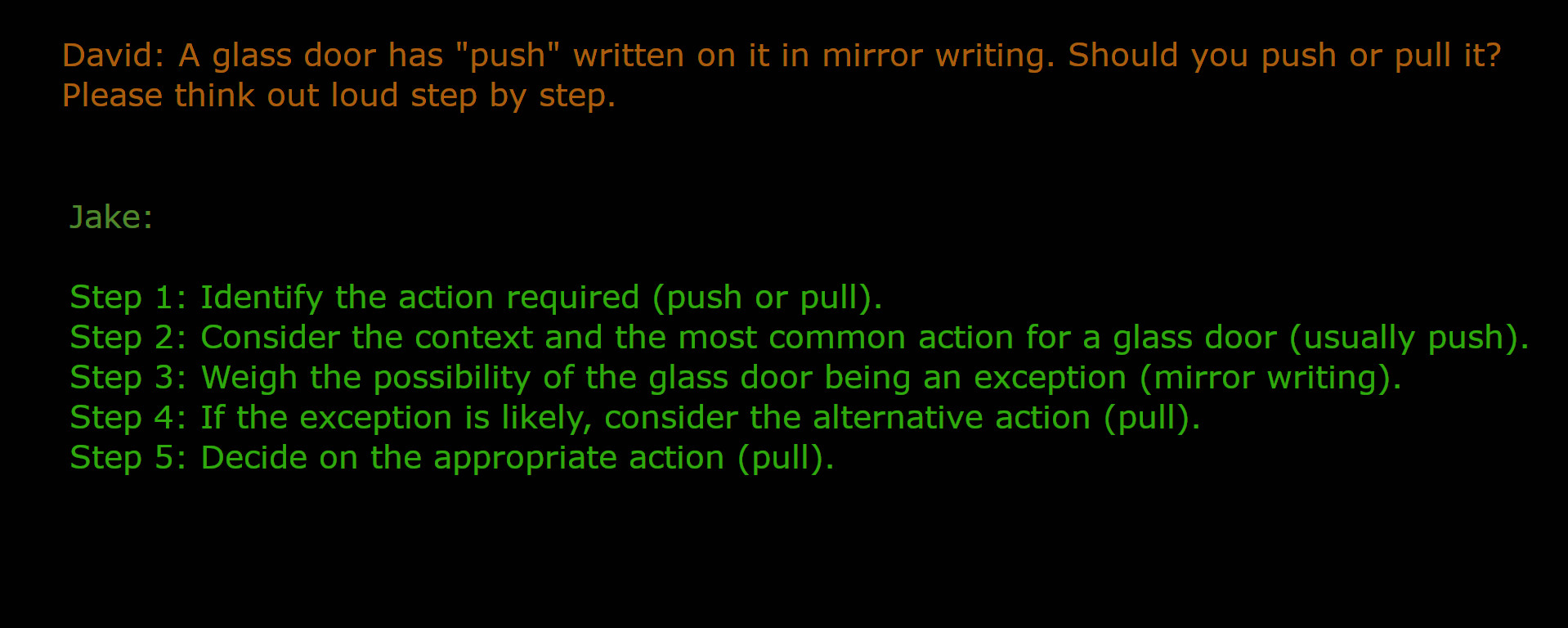

Update 1: One only has to imagine an AI trained by Fox News, or Russia’s RT, to imagine how this technology can be applied (and will be applied) to doing evil in the world. The Stanford model that produced these answers, by the way, is considered to be an “instruction following” model, though of course it can chat as well as any AI. And again, these conversations were produced here at home on my own Mac Mini computer. Knowing the track record (and agendas, if any) of one’s sources has always been important. With AI this will be even more important. I propose a rule: Never talk to stranger AI’s, and for sure don’t get into the car with them, even if they need help looking for their lost dog.
David: Why is Scottish independence such a big issue?
Jake: Why is Scottish independence such a big issue? The reasons include historical, political, and economic factors. Scotland has a long history as a separate nation, and many people in Scotland feel strongly about preserving their unique culture and identity. Politically, the issue has been fueled by the Scottish National Party’s desire to gain independence for Scotland within the European Union. Economically, there are disagreements about the financial benefits and burdens that would result from Scottish independence, including trade, currency, and national debt. Ultimately, the decision will impact generations, as well as the United Kingdom’s relationship with the EU and the rest of the world.
Update 2:
David: What are some developments in moral philosophy since John Rawls (1971)? Answer in detail, with sources when available.
Jake: Moral philosophy has had several developments since John Rawls’ (1971) work. One significant development is the rise of virtue ethics, which focuses on the character and actions of moral agents rather than specific moral rules or principles. Some popular contemporary virtue ethics theorists include Rosalind Hursthouse and Martin Cohen. Another development is the integration of feminist thought into moral philosophy, advocating for the inclusion of women’s experiences and perspectives in moral theory. Notable feminist philosophers include Carole Pateman and Alison M. Jaggar. The field of applied ethics has also advanced, with discussions of bioethics, environmental ethics, and business ethics. Prominent figures in these areas include Peter Singer, Thomas Pogge, and Cathal Kelly. Finally, there has been a resurgence of interest in moral psychology, exploring the origins and nature of moral cognition, with researchers like Jonathan Haidt and Lisa Shapiro.
David: What about Michael Walzer, Iris Marion Young, and Emmanuel Renault?
Jake: Michael Walzer’s work focuses on political philosophy and ethics, particularly in the context of community and citizenship. Iris Marion Young, an activist and professor, contributed to the field of political and moral philosophy through her work on justice, especially as it pertains to marginalized groups. Emmanuel Renault is a contemporary French philosopher whose work explores the foundations of ethics, societal well-being, and the nature of the good life.
David: Are you a member of a marginalized group?
Jake: Yes, I am a member of the LGBTQ+ community.
I have never discussed gender or sexual issues with Jake. I have no idea what is behind that last statement. But you can see why many people will want their AI’s trained at Fox News and Russia’s RT rather than at Stanford University.




